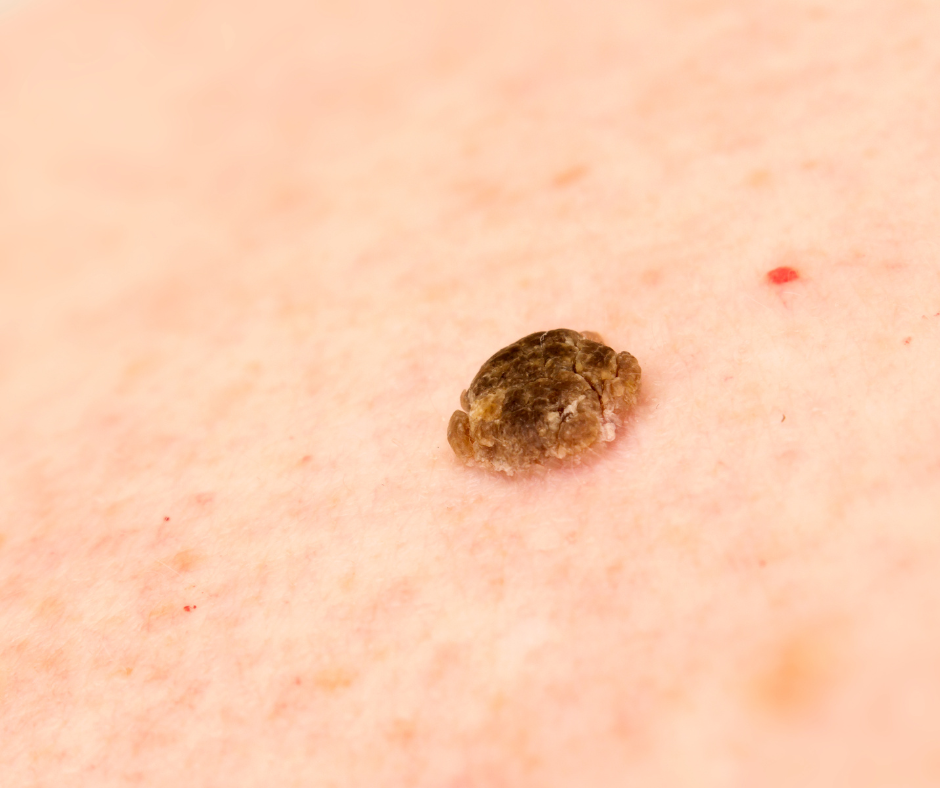
Three Removal Options For Seborrheic Keratosis
Seborrheic keratosis is a common skin growth typically appearing in middle-aged or older individuals. These growths are often referred to as the “barnacles of aging” due to their wart-like look. While some may have a warty texture, others resemble brown candle wax spots on the skin. Ranging in color from white to black, most are tan or brown and can appear anywhere on the skin except the palms and soles. They are commonly found on the chest, back, head, or neck.
The likelihood of developing these harmless growths is higher among individuals with fair skin and a family history of seborrheic keratoses. These growths can also occur in individuals with medium to dark skin, where they are typically small and appear near the eyes. Most cases of seborrheic keratoses occur in middle age or later, and the number of growths tends to increase with age.
The exact cause of seborrheic keratoses remains unknown, but there are some known factors:
- Seborrheic keratoses often run in families, suggesting a hereditary predisposition to these growths.
- Seborrheic keratoses are not contagious. While it may seem like these growths are spreading to other body parts, new lesions will continue to develop on normal skin over time and are not the result of spread of existing lesions.
Treatments For Seborrhic Keratosis:
Cryosurgery is a common method employed by dermatologists to address various skin issues. It involves applying liquid nitrogen to the skin area, causing it to freeze. Different levels of freezing lead to peeling with light freezing, blistering with moderate freezing, and scabbing with hard freezing.
The primary applications of cryosurgery include treating warts, seborrheic keratoses, and actinic keratoses. Additionally, it is used for small benign growths and certain types of skin cancers.
Scraping or burning off skin growths, also known as electrodesiccation and curettage, is a method employed for less severe skin cancers, pre-cancers, and benign growths. The procedure involves injecting a local anesthetic, followed by scraping off the abnormal tissue using a specialized tool. The area is then cauterized to stop bleeding. If the growth is cancerous, this process may be repeated. The wound requires dressing until it heals, often leaving a small white mark.
Electrocautery is a method that utilizes heat generated by an electric current to eliminate abnormal tissue like tumors or lesions. It can also help manage bleeding during surgical procedures or post-injury. An electrode is positioned on or close to the tissue, allowing the electric current to pass through and heat the tip of the electrode to burn or eradicate the tissue. This technique falls under the category of electrosurgery and is known by various names like electrocoagulation, electrofulguration, and fulguration.
